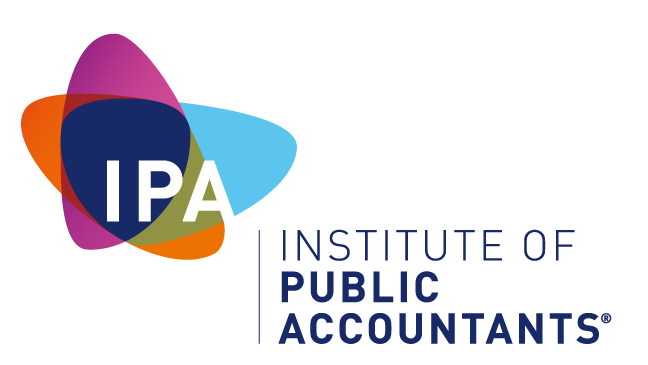Cybersecurity Best Practices for Small and Medium-Sized Businesses
In our digital age, cybersecurity is a crucial aspect of running any business. Cybersecurity breaches could lead to not only data theft but also reputational and financial loss. Hence, it’s imperative to establish robust cybersecurity measures to protect your business and customers’ sensitive information. Here are some cybersecurity practices that could help safeguard your online presence.
1. Invest in Security Software: One of the fundamental cybersecurity practices for small and medium sized businesses is installing reliable security software that includes antivirus, firewalls, and anti-malware protection. These security solutions can prevent illegitimate access to sensitive information. Keeping the software updated regularly can ensure that you remain protected from the latest threats.
2. Use Strong Passwords: Creating strong passwords is crucial as weak passwords can be easily guessed or hacked. Best practice is to use complex passwords and update them regularly. Using multi-factor authentication (MFA) can also contribute to enhancing password security as can using a third party password vault such as 1Password, Keeper, NordPass or others on the market – search for Password Managers and see what suits your needs.
3. Back-Up Data Regularly: Losing critical data due to cyber threats could have serious consequences. You need to have a backup system in place, either through physical storage or cloud-based back-up. This practice can help your business to recover your data and restore your business operations quickly. Don’t risk losing critical information when a simple solution already exists.
4. Educate Employees: Human error is one of the leading causes of cybersecurity breaches. Make sure your employees understand and employ cybersecurity best practices. Raise awareness of potential threats such as phishing emails, malware, and social engineering attacks. Conducting regular training sessions can help employees stay vigilant and avoid falling prey to cyber threats.
5. Monitor Network Activity: Monitor your network activity regularly to detect any suspicious activity promptly. Keeping an eye on network traffic and logs can help identify unapproved access or unusual traffic patterns that may indicate a breach.
Every business needs to focus on cybersecurity to protect their reputation and sensitive data from cyber threats. Start by implementing these five cybersecurity practices as a foundation for robust cybersecurity and continue to thrive in the digital age.









